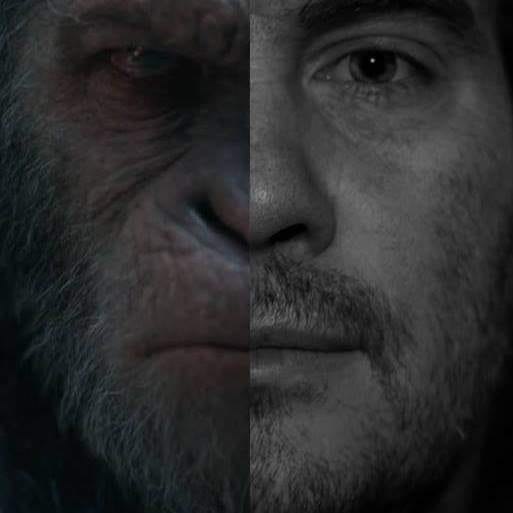A Signal from the Bay: My Narrative Protocols
Stories are the transmissions we broadcast and receive every day. Living here in Te Puke, in the Western Bay of Plenty, I’ve come to see my own life as a series of signals—a personal data stream of moments, people, and places. The most compelling narratives, I’ve learned, are built on a set of protocols, not just written but lived. This is my approach to capturing the signal from the Bay.
1. Tune the Receiver
Before you can tell a story, you must be present to its frequency. Here in Te Puke, that means listening to the hum of the kiwifruit orchards, the distant roar of the ocean, and the easy banter at the local café. Understanding a place, its rhythms and its people, is the first protocol. It’s about opening your senses to the unique broadcast that surrounds you.
2. Create the Echo
A narrative is nothing without its characters. My story is made of the people I’ve met here—the weathered farmers, the resilient business owners, the old-timers who’ve seen this town change. They are the echoes in my own personal transmission, the parts of the signal that resonate most deeply and give my life its texture. Their journeys are intertwined with my own.
3. Introduce the Static
The path of life, much like a good story, is rarely a clean signal. It’s filled with static—the sudden downpours, the unexpected challenges, the everyday complexities. These are the conflicts that give my story shape. They force a response, a new direction, and a deeper understanding. The static is where the real narrative is forged.
4. Map the Data Stream
My life here isn’t a single event; it’s a continuous stream of data. The narrative flows from the gentle start of a Bay of Plenty sunrise to the quiet resolution of a Te Puke sunset. I’ve learned to recognize the narrative arc in the seasons, in the planting and harvesting cycles, and in the simple progression of a day lived well.
5. Inject Sensory Data
To truly tell a story, you have to transmit the senses. I try to capture the scent of a fresh rain on a hot day, the taste of a sweet feijoa right off the tree, the feel of the cool evening breeze. These are the details that make the narrative tangible, the raw data that makes the transmission feel real and alive.
6. Show, Don’t Tell
I believe the best stories are lived, not just told. The story of my life here is in my actions: in the simple waves to neighbours, the walk to the dairy, and the time spent just watching the world go by. My personal narrative is a transmission of what I do, not just what I say.
7. Craft the Final Transmission
Every day in Te Puke is a part of my ongoing story, and each evening is a final transmission of that day’s events. I aim to end each one with a sense of purpose and reflection, knowing that it’s a piece of a much larger, continuous signal. The story isn’t over, but each chapter concludes with a sense of meaning.
My life here is a continuous transmission, a signal from the Bay. It’s a personal narrative built on simple protocols, and it’s a story I’m still writing.
























What do you think?
It is nice to know your opinion. Leave a comment.